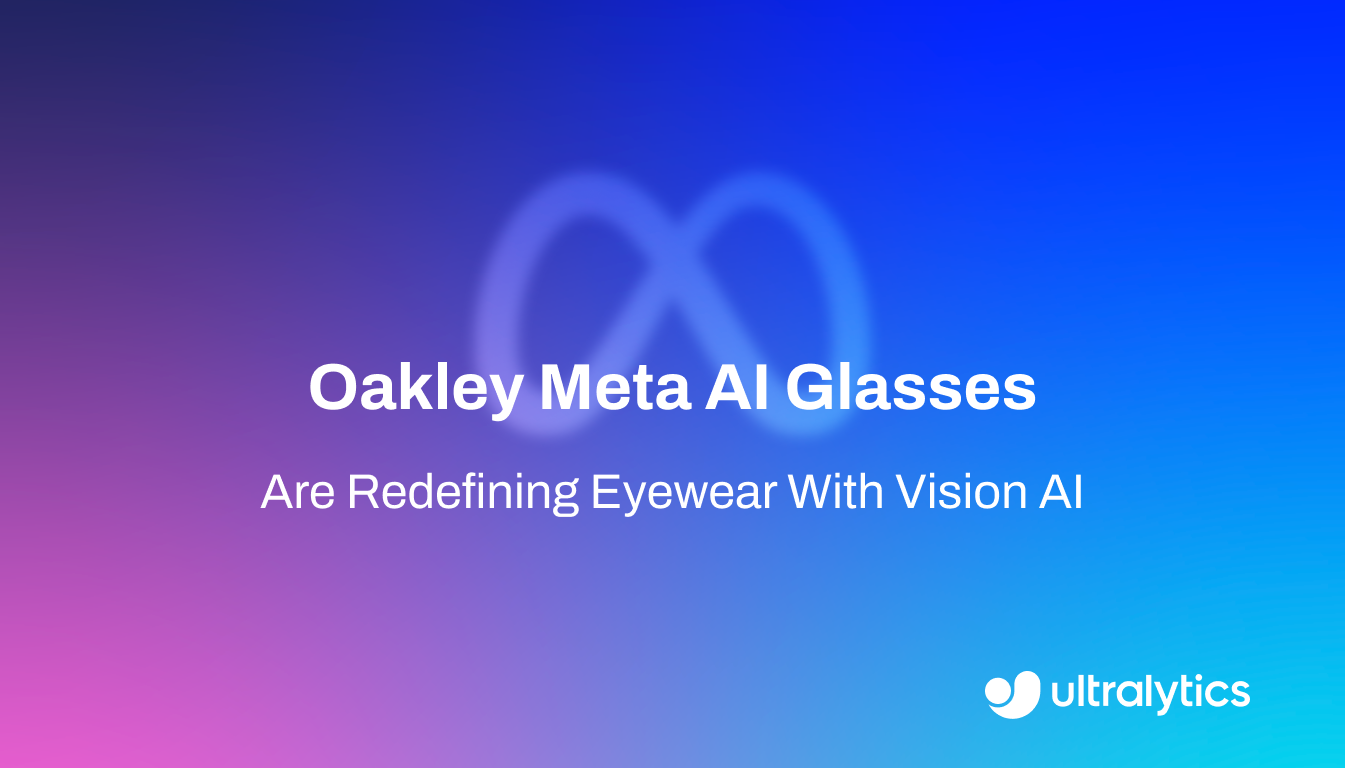Generative AI
Discover how generative AI creates original content like text, images, and audio, transforming industries with innovative applications.
Generative AI is a subset of
artificial intelligence (AI) focused on
creating new, original content rather than simply analyzing existing data. Unlike traditional
machine learning (ML) systems designed for
classification or prediction, generative models are trained to understand the underlying patterns and probability
distributions of a dataset. Once trained, these systems can produce novel outputs—ranging from text and images to code
and audio—that mirror the characteristics of their
training data. This technology is powered by advanced
deep learning architectures, such as the
Transformer and
diffusion models, which have revolutionized fields
like natural language processing and computer vision.
Core Mechanisms and Architectures
Generative AI functions by leveraging massive datasets to learn the statistical structure of information. Through
unsupervised learning, the model identifies
relationships between data points, allowing it to generate new samples that are statistically similar to the input.
Two of the most prominent architectures driving this innovation are:
Generative vs. Discriminative AI
It is crucial to distinguish Generative AI from Discriminative AI, particularly in the context of
computer vision tasks like object detection.
-
Generative Models: Focus on the question, "How can I create data that looks like this
class?" They model the joint probability of features and labels to synthesize new instances. Examples include
text-to-image generators like Stable Diffusion.
-
Discriminative Models: Focus on the question, "Which class does this data belong to?"
They learn the decision boundaries between classes. High-performance models like
Ultralytics YOLO11 fall into this category, as they analyze inputs to
identify and localize objects rather than creating them.
Real-World Applications
Generative AI is rapidly transforming various industries by automating creative and technical processes.
-
Synthetic Data for Model Training: In scenarios where real-world data is scarce, expensive, or
sensitive, Generative AI creates synthetic data to
train robust vision models. For example, in
autonomous vehicles, generative models simulate
rare weather conditions or accident scenarios, providing diverse examples to improve safety without physical risk.
This serves as a powerful form of
data augmentation.
-
Automated Content and Code Generation: Tools like
GitHub Copilot use generative models to assist developers by
suggesting code snippets and identifying bugs. Similarly, in marketing and design,
text generation and image synthesis tools
automate the creation of copy and visual assets, significantly accelerating
creative workflows.
Integrating Generative and Vision AI
While models like YOLO11 are discriminative, they often operate downstream from Generative AI. For instance, a
developer might use a generative model to create a dataset of synthetic images and then use Ultralytics YOLO11 to
train an object detector on that data.
The following example demonstrates how to load and use a YOLO model, which could be deployed to analyze content
produced by generative systems:
from ultralytics import YOLO
# Load the YOLO11 model (Latest stable Ultralytics model)
model = YOLO("yolo11n.pt")
# Run inference on an image (could be real or AI-generated synthetic data)
# This identifies objects within the visual content
results = model("https://ultralytics.com/images/bus.jpg")
# Display the results to visualize detections
results[0].show()
Challenges and Ethical Considerations
The widespread adoption of Generative AI introduces significant challenges. The tendency of models to produce
plausible but incorrect information, known as
hallucinations in LLMs, poses risks in
critical decision-making. Furthermore, there are concerns regarding
algorithmic bias inherited from training datasets
and the potential for misuse in creating deepfakes.
Addressing these issues requires robust
AI ethics frameworks and careful
model monitoring to ensure responsible deployment.












